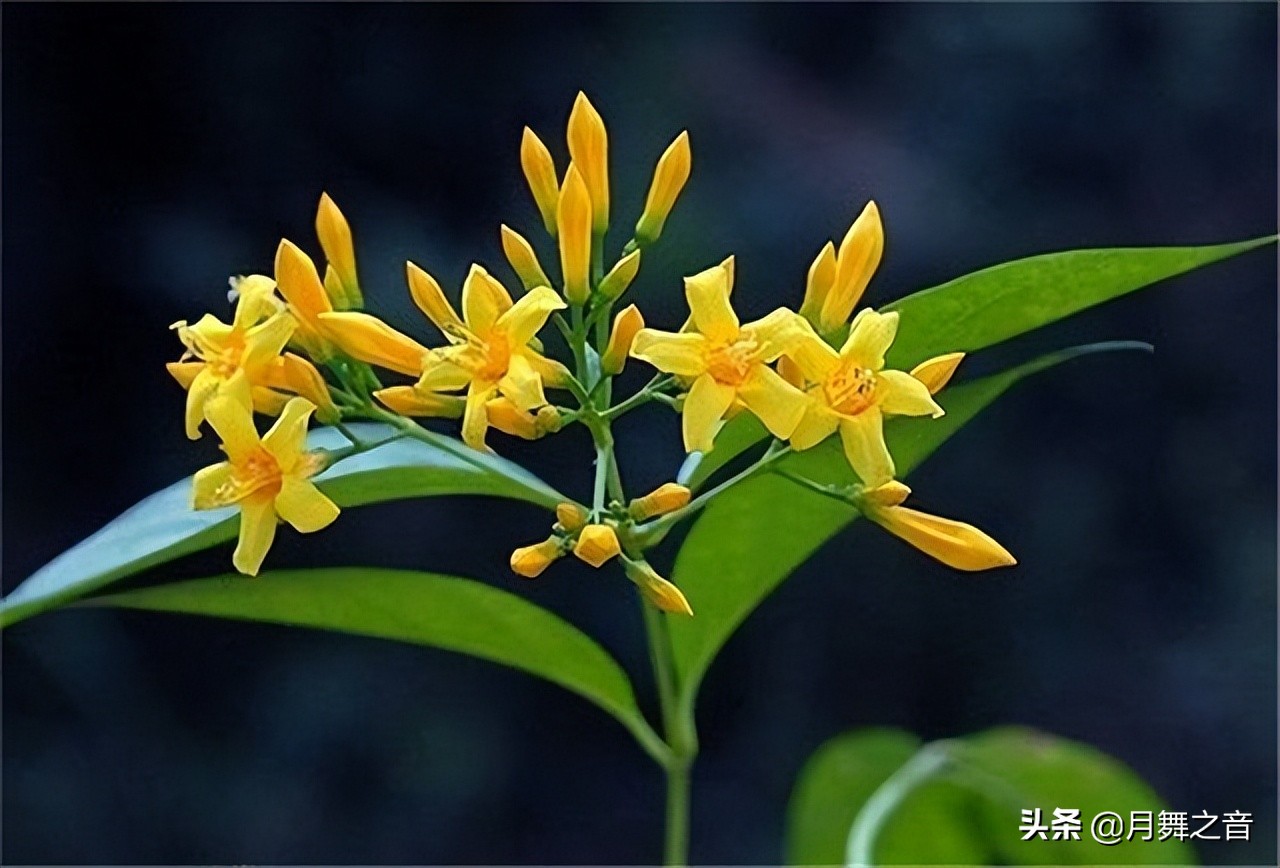When we watch costume dramas, we can often hear some poisons, such as crane top red, broken intestine grass, duck wine, oleander, etc., maybe these names have been heard by everyone, but they are not well understood. Today we will unveil the nine poisons of ancient China, the following ranking and explanation are not scientific, only for entertainment.
1. Broken intestinal grass

Intestinal grass is a plant of the family Hyacinaceae, an annual vine. Its main toxic substance is hylandine. According to records, after eating, the intestines will become black and sticky, and people will die of abdominal pain. Symptoms such as gastrointestinal discomfort caused by the plant's own toxins destroying the intestines, but the alkaloids it contains ------ leptin. This alkaloids are mainly aimed at the human nervous system, they will inhibit the work of the human respiratory center and motor nerves, and even directly stop the heart from working. After poisoning, the heartbeat and breathing slowly weakened, and the muscles of the limbs gradually lost control, and eventually died due to respiratory paralysis. In the early stage of poisoning, it is mainly manifested as stomach burning sensation, vomiting, and feeling that the intestines have been cut off, so there is a "broken intestinal grass".
2. Duck
Among the ancient Chinese poisons, the most famous should be the poison of "dove", and the idiom "drinking and quenching thirst" originated from this and was often used in this situation.
Legend has it that it is a legendary bird of prey, larger than an eagle, with a loud and poignant song. Its feathers are highly poisonous, and with its feathers soaked in wine, the wine becomes a wine, very toxic, almost inextricable. Over time, the wine became a general term for poisonous wine.
3. Aconitum
The representative of Materia Medica poison is aconitum, this Materia Medica is rich in aconitine, and excess aconitine will cause all disorders of the human nervous system, circulatory system, respiratory system, and digestive system, resulting in human death. Aconitine poisoning can take effect very quickly according to the dosage used, and can also accumulate slow-term poison in the body, plus the refining of aconitine is very simple, the raw materials are sufficient, and in ancient times, aconitum poison is one of the most popular poisons.
4, Arsenic
Arsenic is a processed product that naturally produces ores containing arsenic minerals such as arsenic, poisonous sand or xionghuang. Also known as The Letter Stone. Arsenic is poisonous, if poisoning will appear epigastric discomfort or thirst and salivation, there will be severe vomiting symptoms, if the poisoning is more serious, it will cause dehydration or shock, and even a few people will also have adverse symptoms of the nervous system, such as irritability or dizziness, a small number of people will be accompanied by chest tightness and shortness of breath symptoms.
5. Diamond
Diamond has hydrophobic and lipophilic properties, when people take the diamond powder, diamond powder will stick to the stomach wall, in the long-term friction, will make people get stomach ulcers, not timely treatment will die of gastric bleeding, is a chronic agent that is difficult to guard against.
During the Renaissance, chronic poisons made from diamond powder were popular among the Italian magnates.
6. See blood sealing the throat
Also known as "poison arrow wood", "scissor tree", the endangered plant protected by the state, is one of the most poisonous plant species in the world.
See blood sealing the throat, it seems, not much different from other trees. In the rainforest, outsiders are generally not clear. Fortunately, ordinary touch is not poisoned. Its toxicity is mainly in its milky white juice. Containing highly toxic milky white juice, once in contact with human and animal wounds, it can paralyze the heart of the poisoned person (caused by arrhythmia), blood vessels are closed, blood clotting, and even suffocation death, so people call it "see blood seal throat".
7. Crane top red
Crane top red, which is known as "the first strange poison in ancient times". It sounds reminiscent of the red on the red-crowned crane's head, like a fictional poison. In fact, crane top red not only has nothing to do with the red-crowned crane, but also a real poison.
Although revered as the "first poison of antiquity", the composition of crane top red is not mysterious, which is also known as arsenic. Here, there may be many people who have doubts, the arsenic in the film and television drama is all white powder, how to see it is not related to the solid crane top red?
Crane top red is actually a red letter stone. Red letter stone is a natural mineral of arsenic trioxide, and after processing, it is the famous arsenic cream. "Crane top red" is just an obscure expression of arsenic in ancient times. After arsenic enters the human body, it will bind to the sulfur group of the protein, so that the protein is denatured and inactive, which can block the way of oxidative energy supply in the cell, so that people quickly lack ATP energy supply and die, similar to the mechanism of action of hydrocyanic acid.